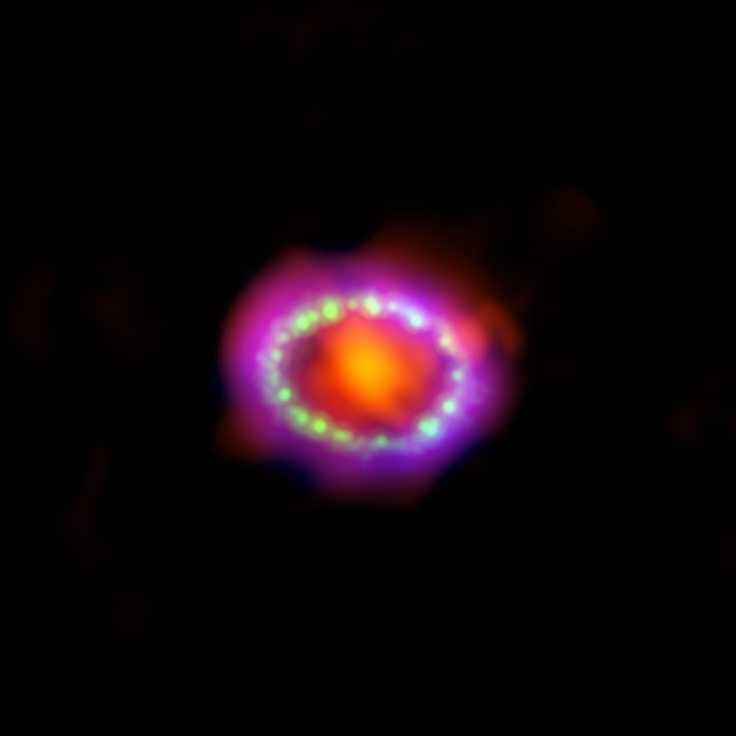4 Mysterious Objects In Deep Space Are Unlike Anything Ever Seen, Astronomers Reveal
KEY POINTS
- Astronomers came across four new cosmic objects in space
- The objects look like circular cosmic islands
- Astronomers believe the objects are remnants of a galactic event
A team of astronomers came across four mysterious objects in deep space that are unlike anything they have ever seen. According to the astronomers, the strange objects look like ring-shaped cosmic islands.
The objects were discovered through the radio wavelength imaging capabilities of the Australian Square Kilometer Array Pathfinder telescope. They have been dubbed as odd radio circles (ORC) by the astronomers.
The astronomers spotted the ORCs outside the Milky Way’s galactic plane. Based on their observations, the team of scientists described the ORCs as circular objects with bright edges. They estimated that the objects are about one arcminute wide, making them about 31 times smaller than the Moon.
Through their observations, the astronomers ruled out possible explanations regarding the exact nature of the ORCs. They confirmed that the objects were not supernovae, planetary nebulae, gravitational lensing or star-forming galaxies.
The astronomers theorized that the four ORCs could be the remains of emissions caused by a cosmic event within a radio galaxy. They arrived at this theory after noticing the objects’ varying visibility under different wavelengths.
Although the ORCs were visible and bright at radio wavelengths, they became invisible when they were viewed under visible, infrared and X-ray lights.
“The objects appear in radio images as circular edge-brightened discs about one arcmin diameter, and do not seem to correspond to any known type of object,” the researchers wrote in their study, which was submitted for publication through ArXiv.org.
“We speculate that they may represent a spherical shock wave from an extra-galactic transient event, or the outflow, or a remnant, from a radio galaxy viewed end-on,” they added.
Though not part of the study, astronomer Kristine Spekkens of the Royal Military College of Canada noted that the four ORCs could represent an entirely new class of cosmic phenomenon that hasn’t been studied yet. They could also be a new feature of known cosmic events and objects.
“[The objects] may well point to a new phenomenon that we haven't really probed yet,” she explained, according to Space.com. It may also be that these are an extension of a previously known class of objects that we haven't been able to explore.”

© Copyright IBTimes 2024. All rights reserved.





















